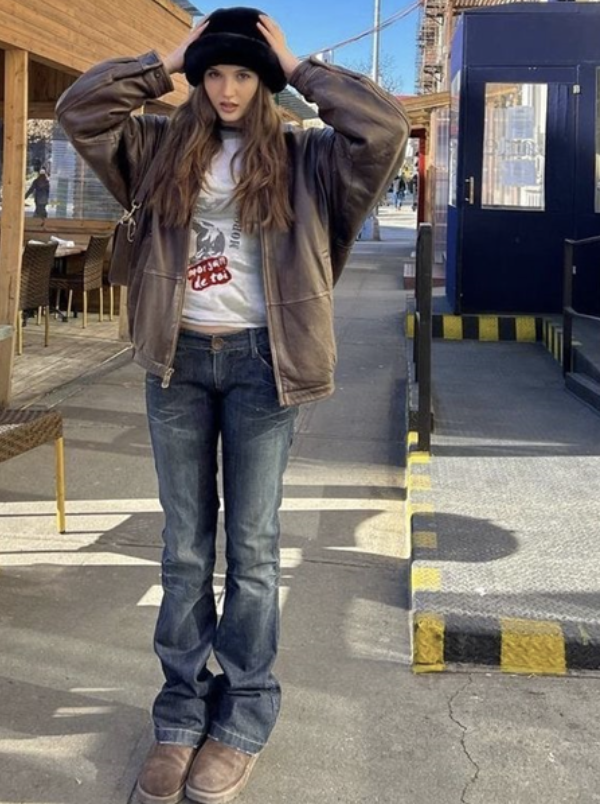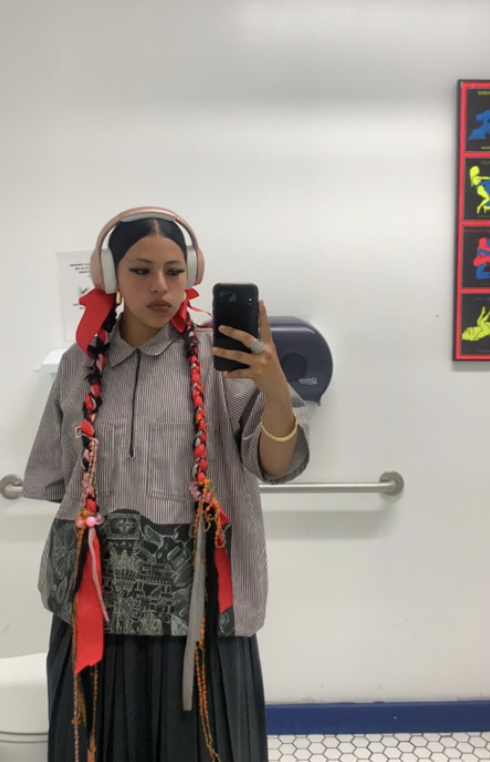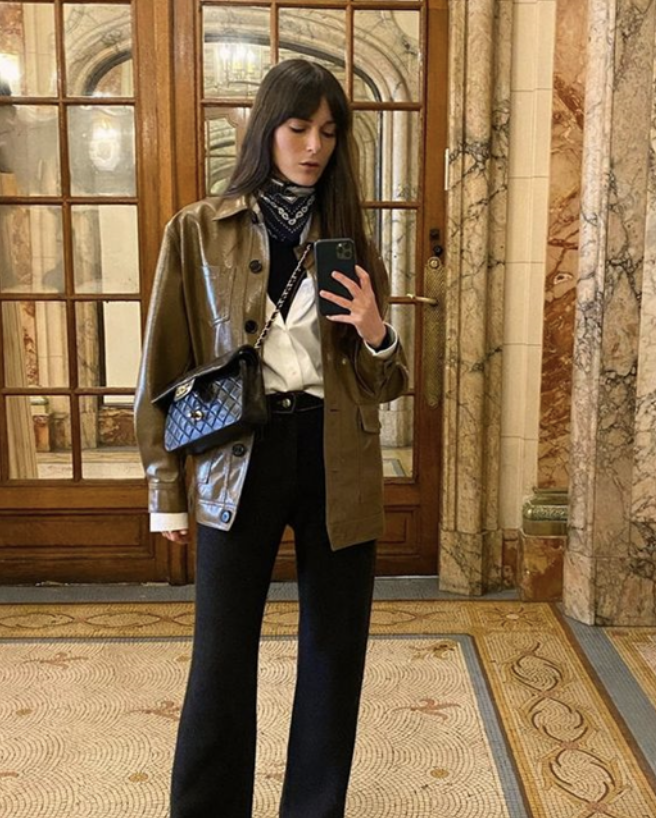Fashion Culture Clash
If you have ever people-watched at a café in downtown Toronto, and then gone on vacation abroad to Europe, the Middle East, or pretty much anywhere else and done the same thing, there is likely one conclusion you may have come to: Wow people dress so differently here then they do back home! Now, why is that?
The simple answer here is capitalism. Brand names seem to run fashion in the Americas. This is clear to see when looking at the rise of tracksuits, starting in women’s fashion with Juicy Couture’s velour, and ending in men’s Nike Tech. Recognizable pieces, recognizable brands. Such is the brilliance of American marketing. Naturally this trickles into other aspects of fashion: tracksuits don’t match pumps or ballet flats, but track shoes; small leather shoulder bags aren’t as cohesive as Longchamps and totes.
Now, that’s not to say that other cultures don’t have the same affinity for labelled clothing, but classist cultures abroad breed the need for more inaccessible brands, rather than popular ones. And this competition ultimately causes the “classiness” we often associate with foreigners.
On another hand, most other countries operate on a “work to live, not live to work” basis. What this means for fashion is that, while Europeans pick out their outfits anticipating to stop by a bistro or have dinner at a restaurant with friends, Westerners pick their outfits with the intention of being the most comfortable for the longest amount of time at whatever work related event they engage with that day, with or without realising it.
Without getting too political, Western consumerism is, yet again, the cause of many problems. This time, however, mainly for the fashion police.
Other countries around the world don’t have the same reliance on chain stores. For most cultures, quality over quantity seems to rule over closet spaces. The truth of the matter is simply that if department stores and malls were as common everywhere else as they are in the West, perhaps everyone everywhere would dress relatively the same. Since that isn’t really the case, boutiques and localized designers will often incorporate traditional and cultural elements in their clothes, making each piece unique and special.
No one is to say which style is better, surely each has its pros and cons. Your opinions on the matter simply stem from where you come from, and what you’re used to. Bottom line is, we could probably all learn a little something from each other.







